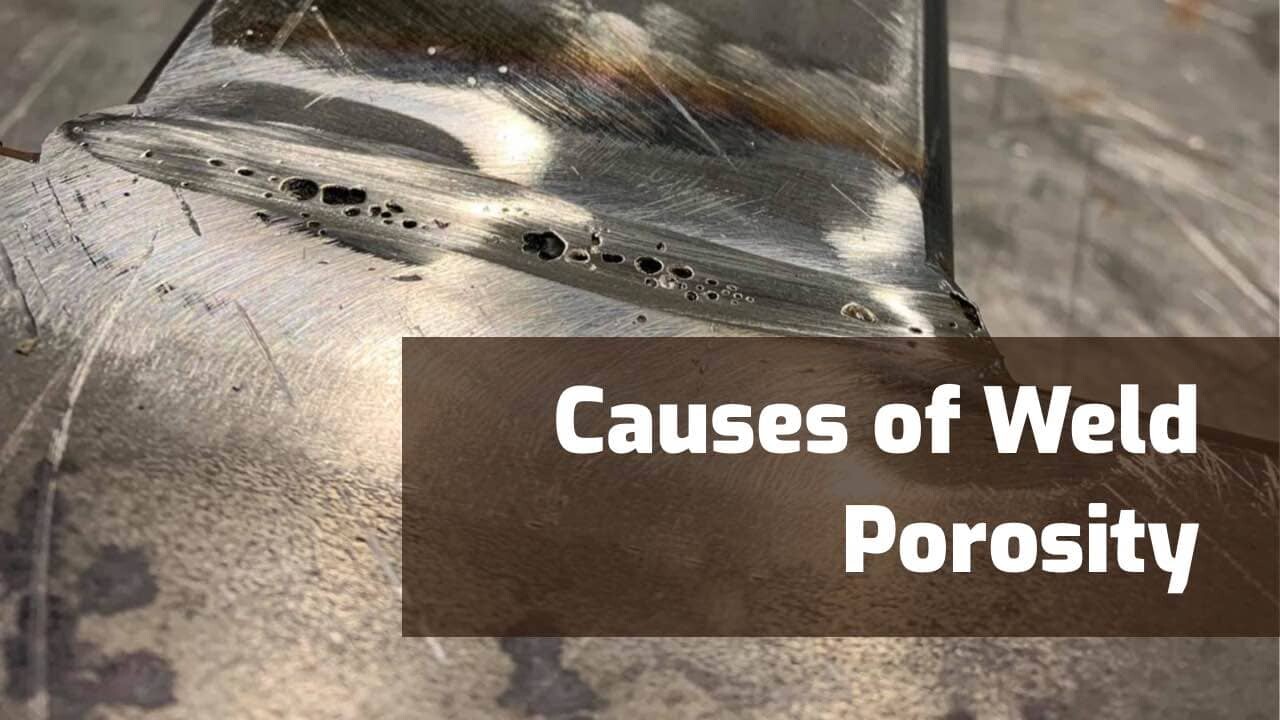Reliable Ways to Prevent Weld Undercut in Your Welding Tasks
Reliable Ways to Prevent Weld Undercut in Your Welding Tasks
Blog Article
Understanding the Art of Welding: How to Avoid Undercut Welding Issues for Flawless Manufacture Results
By comprehending the root creates of undercut welding and implementing reliable techniques to prevent it, welders can elevate their craft to brand-new degrees of excellence. In the quest of perfect fabrication results, understanding the art of welding to avoid undercut issues is not just an ability however a need for those striving for excellence in their job.
Comprehending Undercut Welding

To stop undercut welding, welders must guarantee correct welding specifications, such as adjusting the present, voltage, travel rate, and maintaining the proper electrode angle. Furthermore, utilizing the suitable welding strategy for the particular joint arrangement is vital. Using weaving movements or backstepping strategies can help make certain proper weld metal deposition and lower the possibility of undercut development. Regular evaluation of welds during and after the welding procedure is also vital to catch any type of undercut early and make required adjustments to stop additional issues. Preventing weld undercut. By understanding the sources of undercut welding and executing safety nets, welders can achieve high-grade, structurally sound welds.
Sources Of Undercut in Welding
Understanding the aspects that contribute to damage in welding is vital for welders to generate high-quality, structurally audio welds. When the weld steel does not appropriately load the groove created between the base metal and the formerly deposited weld metal, damaging takes place. A number of aspects can result in undercut in welding. One common reason is extreme warm input. Welding at high temperatures for extended durations can cause the base metal melting even more than preferred, resulting in undercut. Poor welding present or wrong welding speed can additionally add to undercut. Insufficient current might not offer enough warmth to melt the base and filler steels properly, while too much speed can prevent appropriate fusion, creating undercut. Furthermore, improper electrode angles or inaccurate lantern control techniques can develop areas of reduced weld steel deposition, promoting undercut. Understanding these reasons and implementing appropriate welding techniques can aid stop undercutting problems, ensuring resilient and solid welds.
Strategies to avoid Undercutting

To mitigate the threat of damaging in welding, welders can utilize tactical welding methods aimed at boosting the top quality and stability of the weld joints. Furthermore, using the correct welding strategy for the certain joint setup, such as weave or stringer beads, can add to minimizing undercutting.
Employing back-step welding techniques and managing the weld grain profile can likewise assist disperse heat uniformly and decrease the risk of undercut. Regular assessment of the weld joint throughout and after welding, as well as implementing quality guarantee steps, can assist in spotting and attending to undercutting problems without delay.
Relevance of Appropriate Welding Criteria
Selecting and maintaining appropriate welding parameters is vital for attaining effective welds with marginal issues. Welding criteria describe variables such as voltage, present, take a trip rate, electrode angle, and securing gas flow price that directly impact the welding process. These parameters must be thoroughly changed based on the sort of product being welded, its thickness, and the welding technique employed.
Correct welding criteria make sure the appropriate amount of warmth is related to thaw the base steels and filler product consistently. If the specifications are set too expensive, it can bring about too much warm input, triggering spatter, distortion, or burn-through. linked here On the other hand, if the criteria are also low, incomplete blend, lack of infiltration, or damaging may take place.
Quality Control in Welding Procedures

Verdict
In conclusion, mastering the art of welding requires an extensive understanding of undercut welding, its causes, and methods to stop it. By guaranteeing appropriate welding criteria and applying top quality guarantee methods, perfect fabrication results can be achieved. It is essential for welders to consistently make my site every effort for quality in their welding operations to avoid undercut issues and generate top notch welds.
Undercut welding, a typical problem in welding processes, occurs when the weld steel doesn't properly load the groove and leaves a groove or anxiety along the welded joint.To prevent undercut welding, welders need to make sure proper welding criteria, such as changing the existing, voltage, traveling speed, and keeping the appropriate electrode angle. Poor welding incorrect or present welding rate can likewise add to undercut.To minimize the danger of undercutting in welding, welders can utilize strategic welding methods intended at enhancing the top quality and stability of the weld joints.In verdict, mastering the art of welding calls for an extensive understanding of undercut welding, its reasons, and techniques to avoid it.
Report this page